
How to Avoid the Toughest B2B eCommerce Challenges
Effective change management for B2B companies demands close attention to operational requirements, capabilities, and challenges.
Continuing our investigative approach to eCommerce, the Redstage team regularly meets with B2B executives to discuss the challenges inherent in driving change on a massive scale. For this piece, we spoke with several marketing specialists responsible for guiding B2B companies through the eCommerce transformation process, and we’ve curated some of the most pertinent conversations.
We explore learnings from the cultural, technological, and organizational hurdles they’ve faced to help others understand the procedures that drive successful transformations. They all agree – leading digital change is no easy feat. As you will learn, the outcome is entirely dependent on forming a united front within your organization.
Q1: What have been your biggest digital transformation challenges in the past year?

“It’s tough to find the right partners that can communicate what you’re planning and bring your vision to reality.”
A: That depends on your perspective. Mindset and process change are the biggest part, because going digital is very different if your company hasn’t adopted digital already. Internally, trying to take people-oriented processes and digitize them for an eCommerce experience means creating new roles and departments; making people at all levels take on new responsibilities, and combating a lot of kicking and screaming on whether or not this is a good direction for the company.
Externally, it’s tough to find the right partners that can articulate what you’re planning and bring your vision to reality. It’s usually hard getting them to understand your business and how to get you to where you want to go.
Q2: What has been your biggest challenge with regard to eCommerce?

“If the data isn’t already in your ERP, you have to change the way you do business in order to make it all fit.”
A: eCommerce is such a big universe. There are so many moving parts involved in making a B2B eCommerce experience a reality. With many SKUs, our focus was putting a PIM (product information management system) in place to create a more robust, data-driven experience for the end user. If your company is not data-driven already, restructuring your company for eCommerce is a tremendous undertaking. All of your info needs to be there. If the data isn’t already in your ERP, you have to change the way you do business in order to make it all fit… and if you don’t, you end up attempting all kinds of customizations that will ultimately lead to failure.
Q3: What are some solutions you would recommend that allowed you to solve past challenges?

“More or less, the eCommerce initiative needs to be driven from the top down.”
A: More or less, an eCommerce initiative needs to be driven from the top down. If you don’t have the backing of the executive group and the resources and patience to do this — that’s the challenge.
Q4: What are your biggest fears and challenges about digital transformation in the year ahead and why?

“Executive management needs patience.”
A: There are so many obstacles along the way and pressures to quickly launch – but do not launch a site until it’s ready. Set the right expectations with executive management and allow yourself extra time on your roll-out plan for unforeseen circumstances. eCommerce implementations can fail if you don’t have everything working in sync, but I’d also recommend you get the entire roadmap planned out and not just pieces of it.

“Some system integrators we’ve worked with, the big guns come into the office, they’re very knowledgeable, and then you don’t see them again…”
I had yet to come across a partner that says “Okay, you’re looking at Magento and here’s the 10 things you should worry about…” No questions about the quality of data you have, where you’re going to house product images, your plans internationally, or how you’re going to implement tokenization to meet privacy laws.
Some system integrators we’ve worked with, the big guns come into the office, they’re very knowledgeable, and then you don’t see them again… or the people hired for your initiative start working on another project, and you need to reach them but can’t. Delay, delay, delay, delay.
Q5: If you could give one piece of advice to B2B business owners, what would it be?

“You’re going to need to solve an awful lot of problems along the way, and you need to make sure you have the right people.”
A: Be a problem solver. You’re going to need to solve an awful lot of problems along the way, and you need to make sure you have the right people involved in your project. Lastly, don’t announce to the world what you’re doing until you’re ready, so there are no expectations. When the expectations are set, make sure you’ve given all parties involved an accurate and well-informed scope of what’s coming, and be investigative with your partners.
Final Thoughts:
At Redstage, our engineers are dedicated to helping B2B companies understand the full extent of their needs, challenges and obstacles. Download our B2B Power Index for Manufacturing, Wholesale & Distribution for a better understanding of your current tech stack, and the technologies that can help you become a true digital leader.


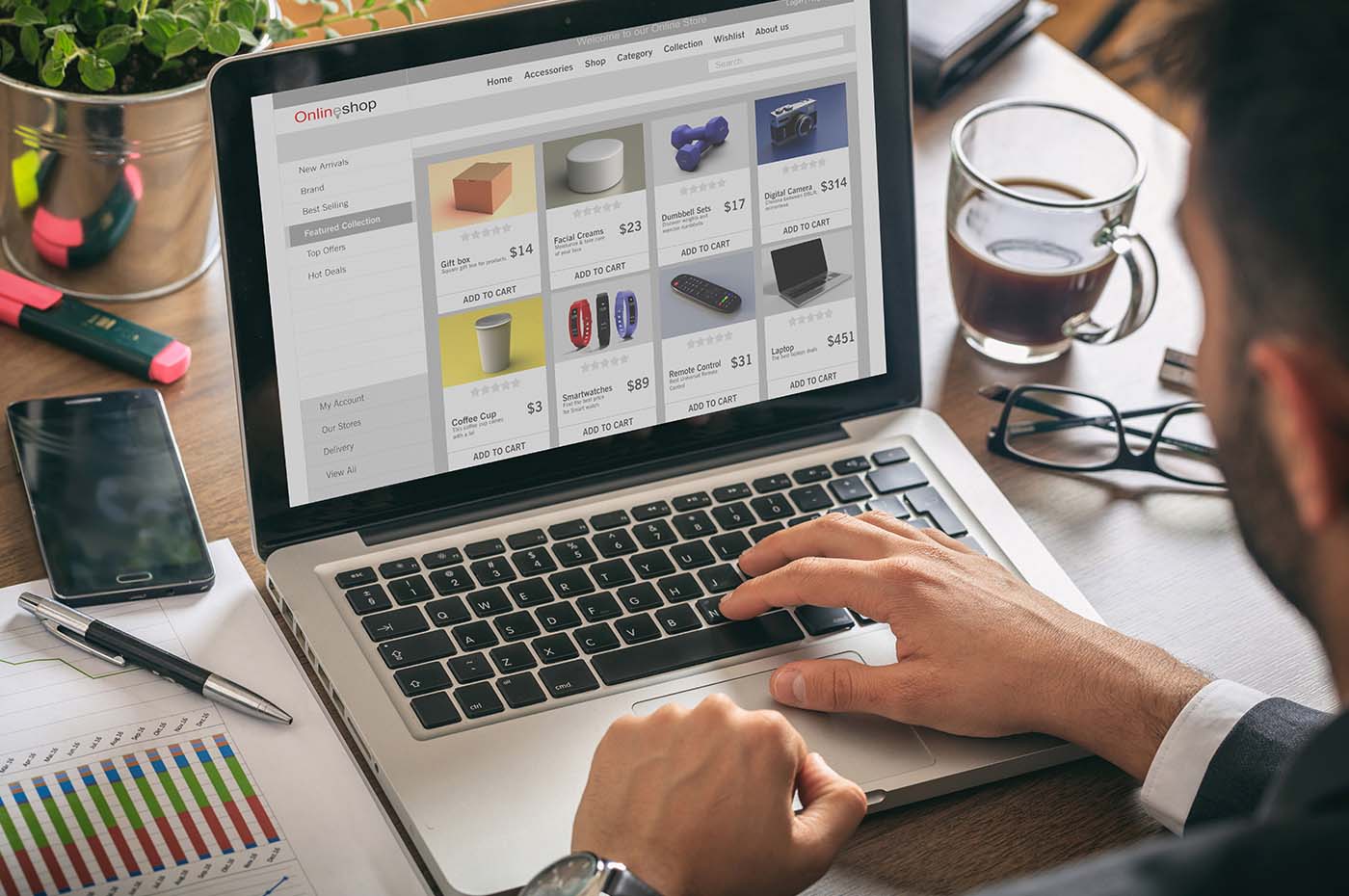


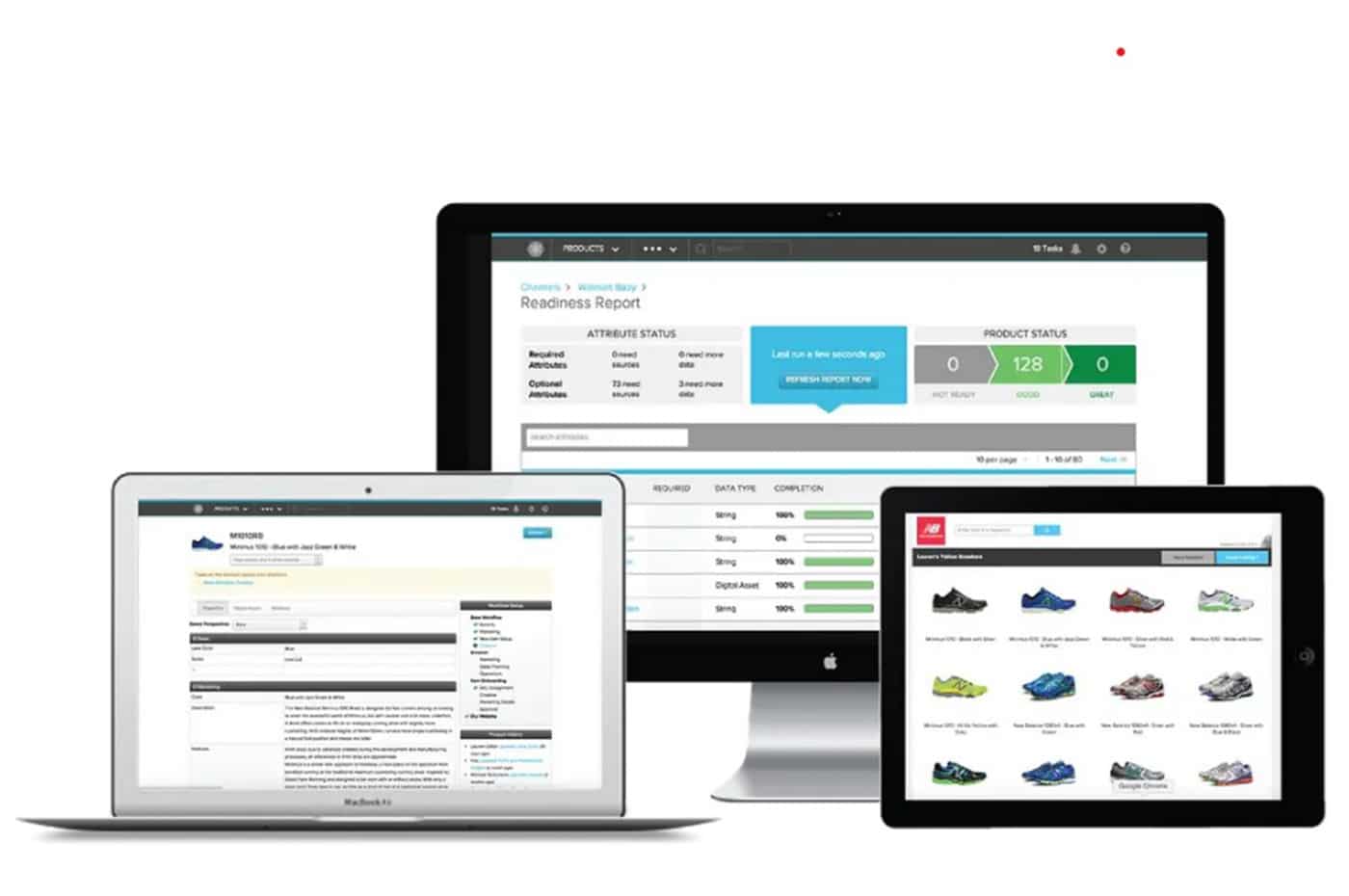


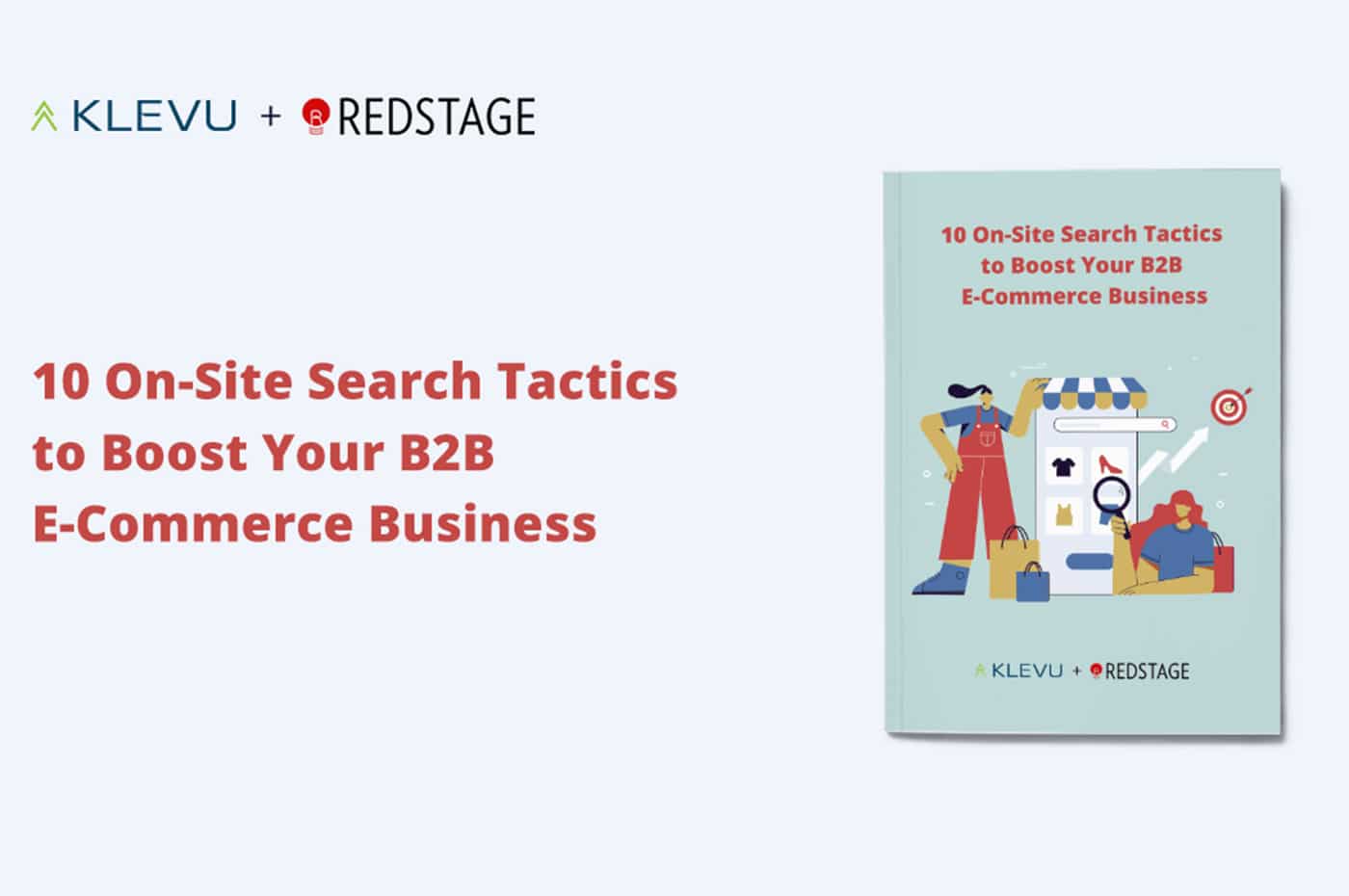
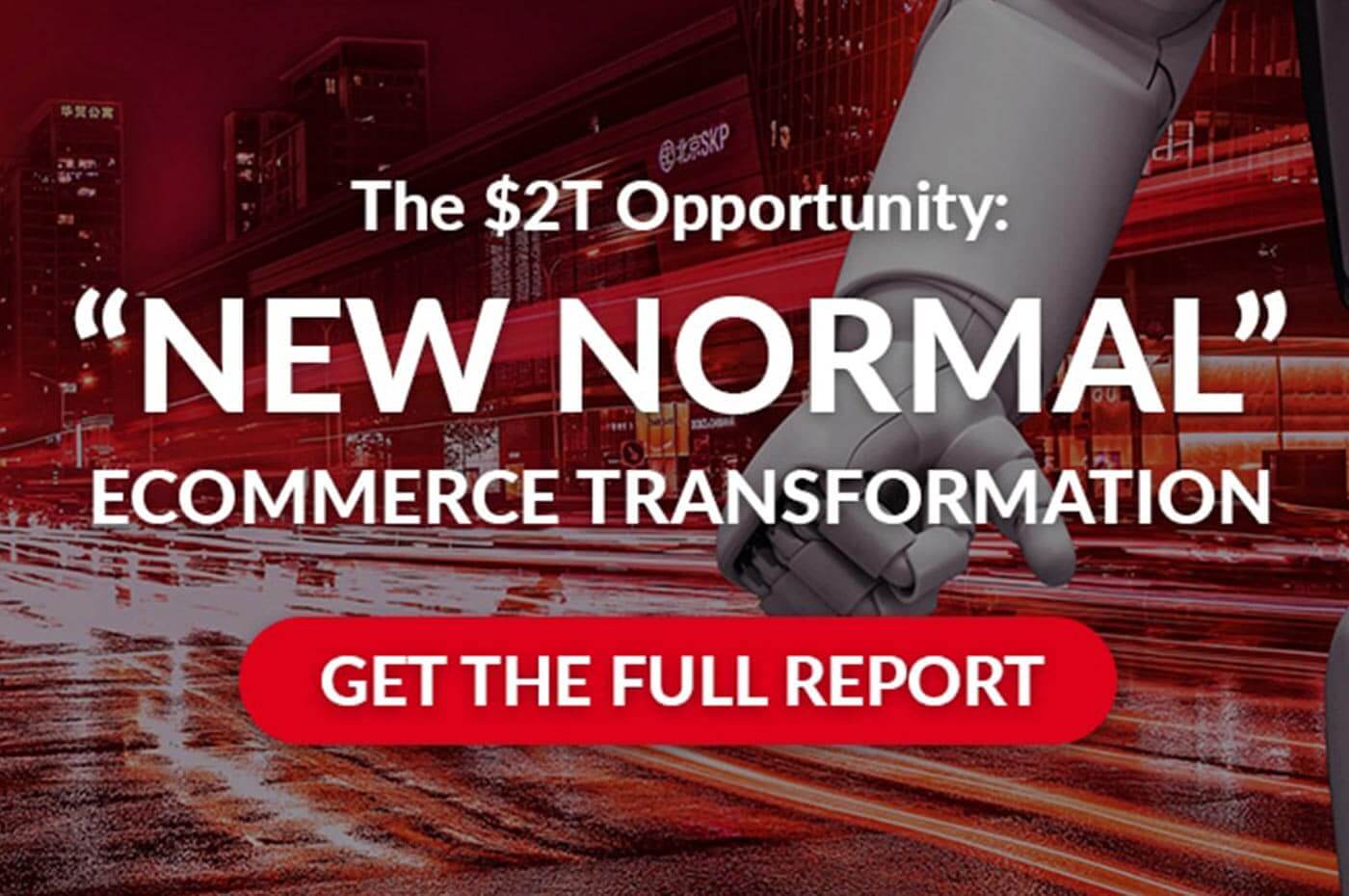



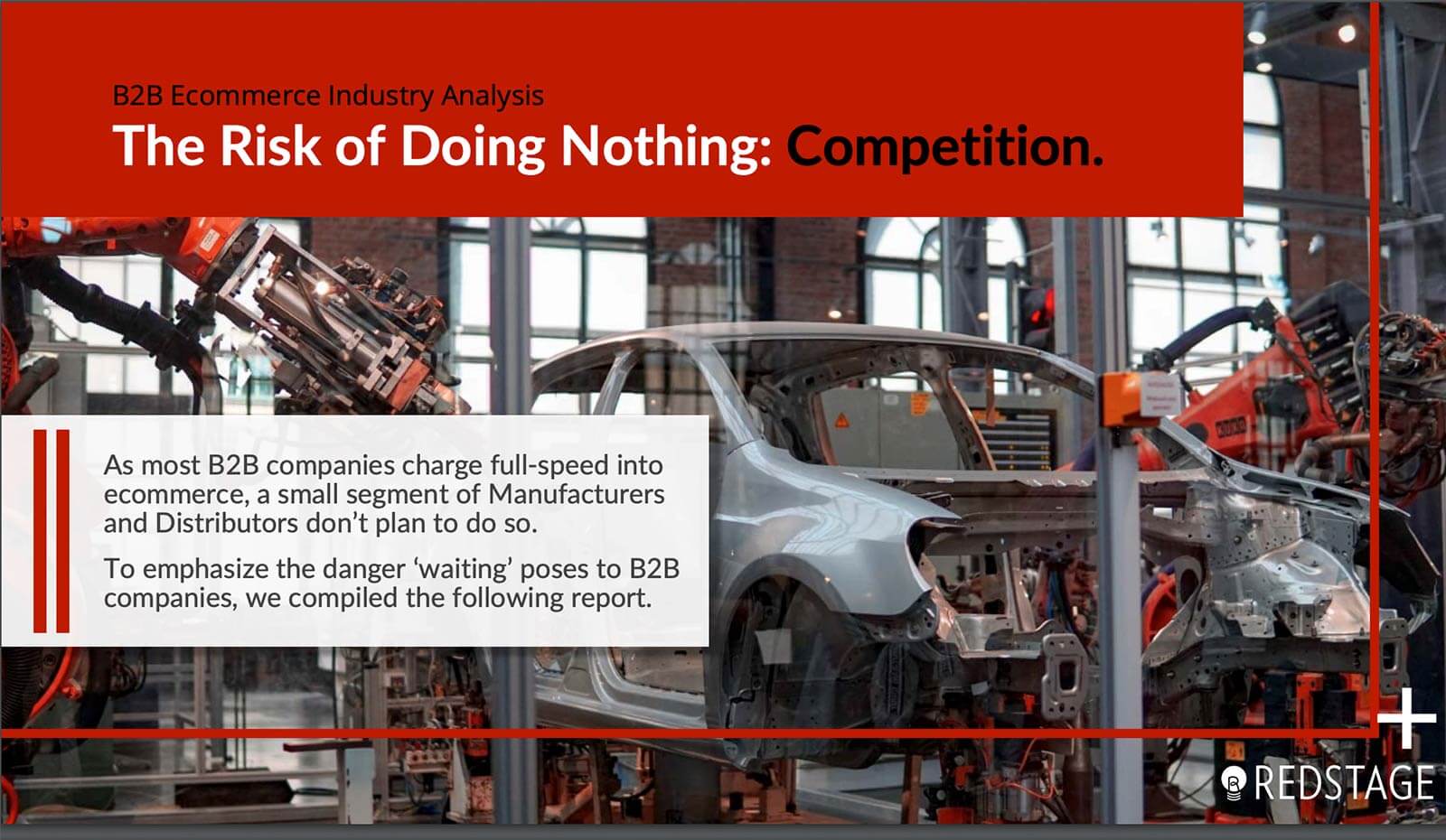



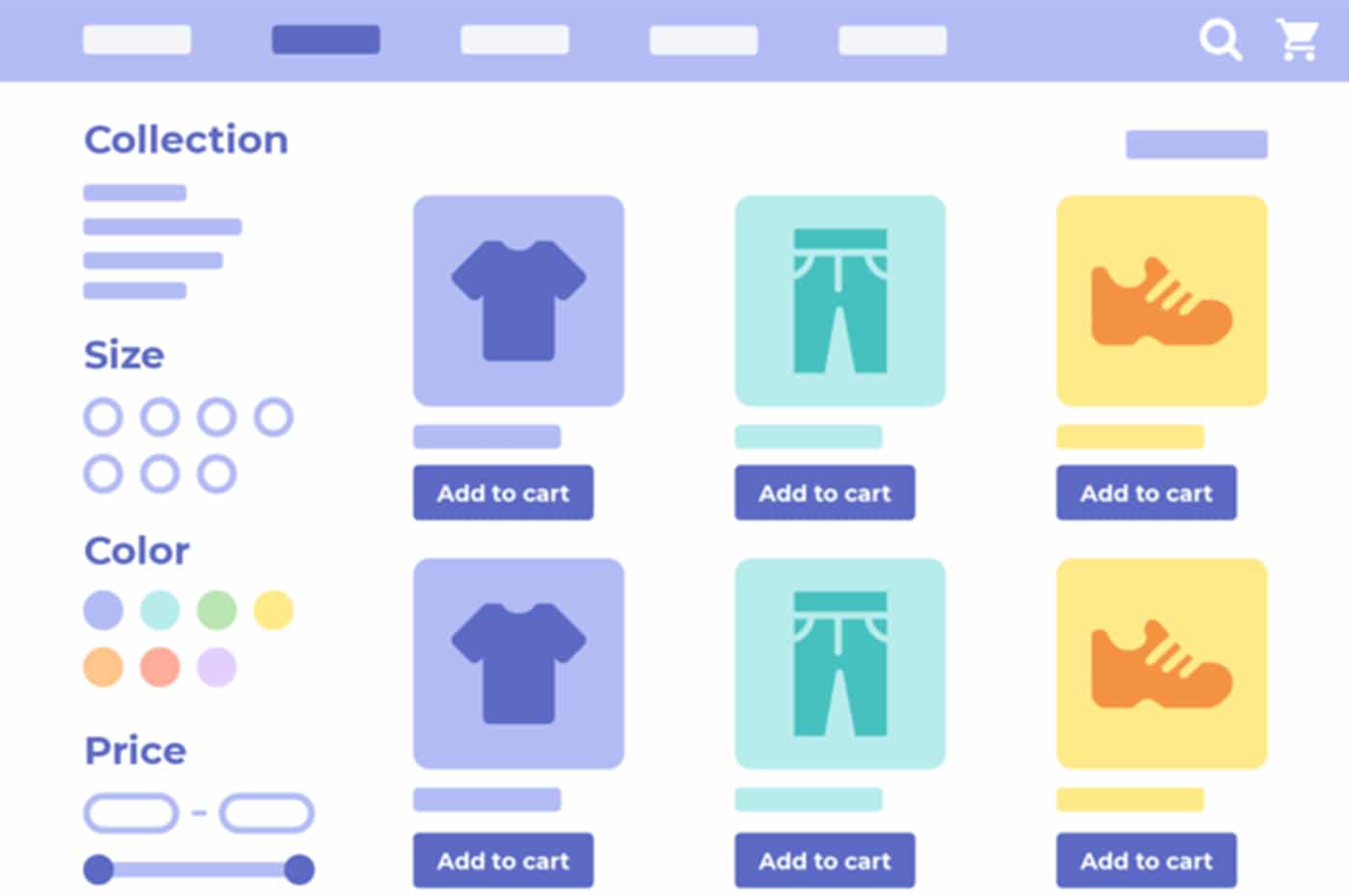



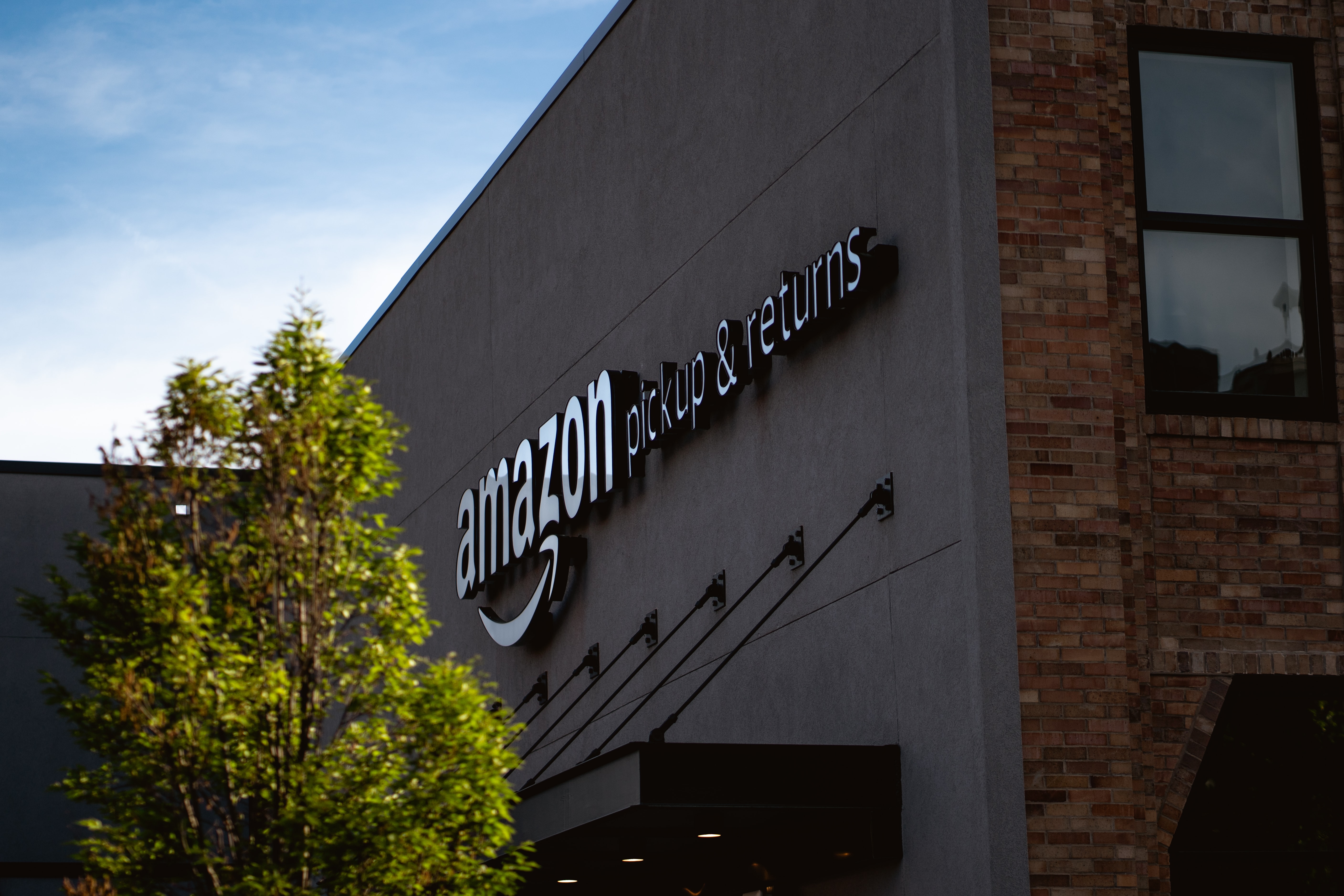

Recent Comments